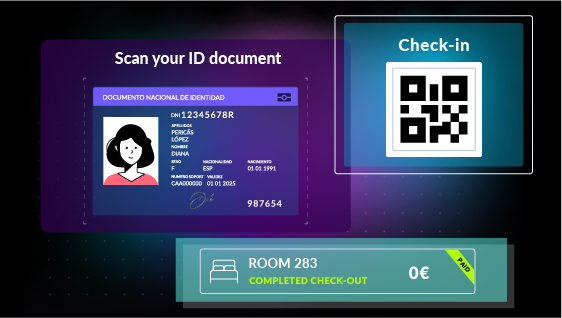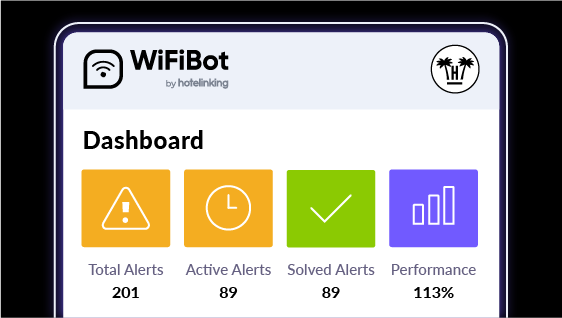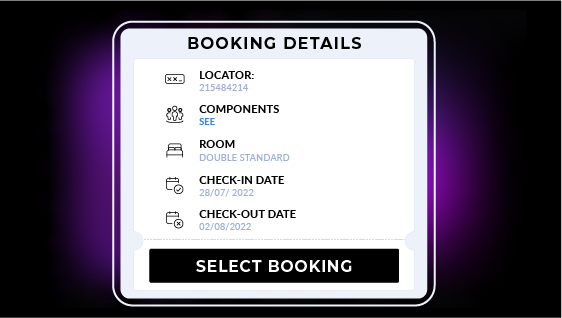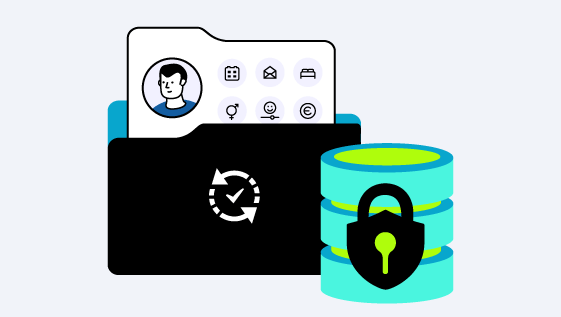
Email Marketing Guide: Hotel email marketing bad practices and how to avoid the infamous spam folder.
There are three golden rules that must be considered when sending email marketing campaigns to avoid the spam folder.
There are dozens of webs, blogs and specialised books that cover all important aspects to consider to avoid being classified as spam in-depth. Keeping a good domain reputation as well as an engaged campaigns audience are some of the aspects, as explained in detail in this article. But, when it comes to hotel email marketing, we must consider some additional guidelines.
For an email marketing campaign to end up in the infamous spam folder, the following may occur:
- Email services have automatically detected a deficiency in the email that has raised the alarms
- The email arrives safely to the addressee, but it is manually reported as spam by them
To follow, you will find three golden rules to keep in mind when dealing with hotel email marketing:
1. The email domain must match the domain in the email’s links
A common problem (more than you would think) is that the domain of the email sent does not coincide with the links that take to the hotel corporate web.
This is quite a usual situation when the hotel brand works with an email marketing agency. Agencies, instead of using the domain of the hotel brand itself when mailing campaigns, tend to use a generic one such as:
vip-campaigns@marketingagency.com
The only advantage for the agency is that, most likely, they are saving money with the email marketing tool that they are using.
Often, email marketing tools are more economical if used with one domain instead of multiple ones. Even if this is an advantage price-wise, it is not the right way to go for the hotel brand as anti-spam spiders are very likely to act automatically. Also, when received, many addressees check the email account it is coming from. When they realise that it is an email account with a domain that does not match the hotel brand, it will instantaneously generate spam reports and the loss of trust in the said brand.
Solution:
Always send a hotel brand’s campaigns from their own domain and never from third parties’.
2. Use a sender that can be easily recognised by the addressee
Specifically in the hotel sector, it is quite common that guests stay in a hotel whose name differs from the trade brand. Most of all, when it comes to a chain, each hotel will have a different name that has very little to do with the commercial brand.
However, when sending an email marketing campaign, the sender’s name usually is the business brand. The problem is that guests do not relate the name of the hotel, which is what they remember, to the trade brand. Hence, when sending campaigns using the commercial name as the name of the sender, opening ratios are very low, and spam reports by addressees are high.
Solution:
Using the tags available in the email marketing tool to personalise at least the first email that the addressee will receive. The tag that should be included is the name of the hotel where they stayed and include that name in the email subject. In the sender field, we can leave the chain’s trade name, so that at a glance the addressee can read the name of the hotel where they stayed (which they do remember and know) and can immediately relate it to the commercial name.
An example of applying this technique would be:
Sender: Topacio Hotels & Resorts
Subject: Sam, your stay at Coral Bay Hotel
It will not be necessary to include it in all subsequent emails. Gradually, the addressee will be able to relate both names until it is no longer required to include the name of the hotel. Typically, it is enough if we include a similar structure in the next two to three emails.
3. Do not use images as the main part of the email body
Normally, due to a lack of awareness, the main part of the email is one single image. This image has also been designed with all the text in which we communicate the offer and the advantages of the promotion. The result is an image in .JPG format or similar that takes the whole body of the email, with no visible text further to the one in the image itself.
Automatic spam filters will block emails whose body is just an image. Hence, this kind of email does not reach addressees at all. Really, if totally unaware of how dangerous sending a campaign with this format is, the marketing department of a hotel chain may think that there are many advantages in doing this since they save time while ensuring a good design.
Solution:
Text and images cannot go together. The text should not be part of the image but a real text. We must consider that there are many email services such as Outlook, which do not automatically download the image of an email but they always show the text. Moreover, by separating them, spam filters do not identify it as such.
The following step is applying the 25 % rule so that in the total body of the email, the image represents a 25 % and the text a 75 %.
The other point to consider is that under no circumstances should the image be an email attachment. We highly recommend using the template builders that the leading email marketing tools have, since they help to meet all guidelines that will prevent email campaigns from ending up in the spam folder.
>> If you follow these rules, you will prevent your email campaigns from ending in the spam folder. Now that you have all the basics, you just have to put them into practice and get ready to send emails that convert. And the first step is knowing the most critical factors to create email subjects with high open rates.








